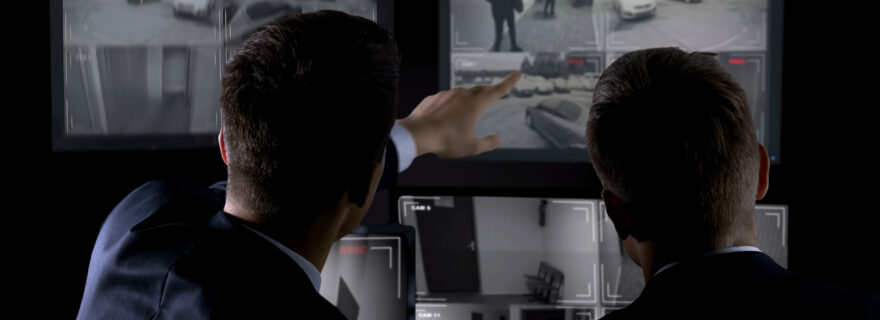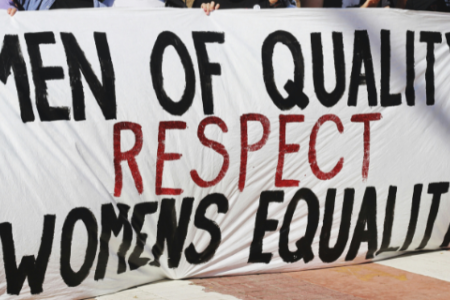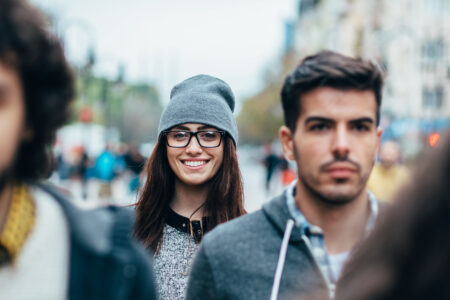Do you see what I see? Discrepancy between images and official police reports
On 17 June 2020, police officers observed a car driving onto a motorway, swerving unpredictably. The officers saw the driver was using their phone and pulled the car over. Several kilos of drugs were then discovered in the car, and the driver was arrested on suspicion of violating the Opium Act.
However, when the case came to court, the defendant was acquitted. The raw video footage of the arrest, taken by a well-known police vlogger who posted an edited version on YouTube, turned out not to correspond with the official police report in crucial respects. In fact, the footage was not even mentioned in the official police report, which was drawn up by the police vlogger and a fellow officer. It emerged that the public prosecutor was not even aware of the existence of the footage. When the defendant's lawyer heard about the Youtube video, he requested that the unedited footage be added to the case file. On the basis of that footage, the defendant was acquitted
This is not the first time an official police report has deviated from camera footage. A recent evaluation of the arrest of an off-duty police officer also concluded that the content of the report did not correspond with “the reality as shown on the video footage”. In fact, discrepancies of this kind, characterized by the court as “alarming” , have been noted in several published rulings. For Dutch criminal procedure, it is crucial that all information in an official police report – which is drawn up on oath of office or solemn affirmation – is correct.
The procedural errors noted in the recent judgment already make it evident that any video footage recorded must be included in the official police report. Equally, all official police reports drawn up on oath of office must correspond with “the actual course of events”. Although it will not always be possible to check the accuracy of the report against a vlog, for example, it may be possible to check it against the raw source material. The above examples clearly show that there are lessons to be learned.
In scientific research that uses video footage to observe behaviour (including criminal behaviour), a great deal of attention is paid to the process of coding and training, improving the researchers’ ability to interpret images. It emerges that interpreting images is far from easy and requires clear frameworks that help streamline and standardize this interpreting process.
The importance of clear frameworks is also demonstrated by the guidelines (known as the Berkeley Protocol) for collecting visual evidence of international crimes and human rights violations. The Berkeley Protocol sets out standards for the use of public digital information – including photographs and film. It is not only the accuracy and verifiability of visual material that is important. The protocol also points out possible biases, such as the confirmation bias, the tendency to pay particular attention and attach value to information that confirms our ideas. Such biases must be actively countered to ensure the objectivity of research, the Berkeley Protocol points out.
Discrepancies between images and an official report may arise for many reasons, and are not necessarily intentional. How we interpret images depends on how they are framed, the context in which they are shown, and our own prior knowledge and judgment (or prejudices). People are not always aware of these factors and often exhibit excessive trust in their own observation. Contrary to popular belief, video footage does not show “the reality”. We construct that reality, those facts, on the basis of what we see in the footage. Particularly when it comes to footage from cameras that, as here, captured an arrest in real time, people are inclined to believe that the footage is “true”. Often people completely fail to realize that choices are made in the creation of images, with regard to how such images are captured, selected, and edited.
The police officers, lawyers, and public prosecutors we interviewed about the use of visual material in questioning suspects are also often unaware of the choices underlying visual material. Of the parties in the judicial process that we interviewed, lawyers were the most critical about the interpretation of images. One of the lawyers said that, like the defence lawyer in the above case, he always requests to view the original footage. He does not rely on the official report of the police officers, because they may interpret things differently than what he himself sees in the images. Thus, lawyers in particular are aware of the subjectivity of the interpretation of images, but the discrepancy observed between images and the official report remains a cause for concern.
Advancing technological developments and further digitalization of society will only increase the use of images and video footage in the criminal justice chain, and with this the need to question this material critically, just like every other form of evidence. This means that raw footage must be added to the file. This also calls for well-developed visual literacy among all the parties involved, but certainly among the police and the Public Prosecution Service, in order to contribute to a more careful judicial process and less chance of procedural errors. With this in mind, we have written a research proposal, which has been awarded funding by the police research programme Politie & Wetenschap. More on this later in a future blog.
Dr. Gabry Vanderveen, Associate professor of Criminology, Erasmus University Rotterdam
Dr. Willem-Jan Verhoeven, Knowledge coordinator at Scientific Research and Documentation Centre
Dr. Lotte van Dillen, Institute of Psychology, Leiden University







